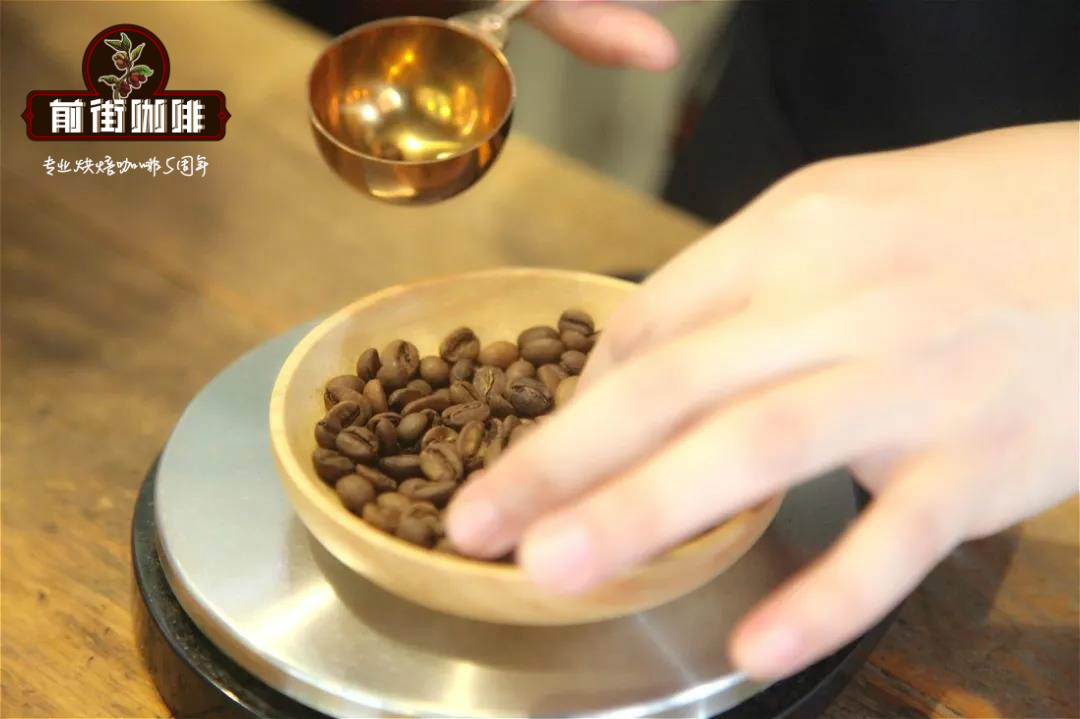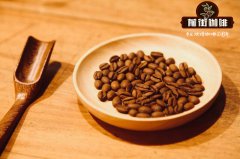Indonesian coffee was grown in 1696 during the Dutch colonial period, and Arabica was planted in the early days.

Professional coffee knowledge exchange more coffee bean information please follow the coffee workshop (Wechat official account cafe_style)
Coffee was first grown in Indonesia during the Dutch colonial period in 1696, when Dutch colonists introduced Arabica coffee beans to Jakarta on the island of Java, the present-day Indonesian capital. With the growing coffee trade, coffee cultivation expanded from Java to the surrounding islands of Sumatera and Sulawesi in the 18th century, and coffee was also grown in Bali, Flores and Timor in the late 18th century.
In the early days, coffee grown in Indonesia was Arabica, but in 1876, an outbreak of rust leaf disease in Sri Lanka swept Indonesia, killing most Arabica coffee trees. In order to stabilize Indonesian coffee production, the Netherlands introduced Robusta to grow coffee beans.
Compared with Arabica coffee beans, Robusta is more resistant to disease and rust leaf disease, heat and cold, drought and humidity, and has a good harvest on low-altitude flatlands, but it lacks aroma, bitterness and twice the caffeine content of Arabica, so it is mostly used in instant coffee, canned coffee and Blend coffee powder. On the other hand, Arabica species, which can only be grown at high elevations, can drink coffee beans from a single origin alone with their excellent aroma and flavor.
This West Java bean was personally visited by Jimmy and Anthony to communicate with local farmers in West Java in 2013. The bean was tested in a cup with a score of 92, and it was also guessed that it is a product of Central and South America. It is nothing like Indonesian beans, and its treatment is very special. The bird is the national bird of Indonesia, and this is their first time in China, so they use a special bag to pack it. The English name of this bean is Aromanis, which means sweet mango.
Honey treatment began in Costa Rica and was tried by local coffee farmers to improve the quality of coffee beans, and then slowly spread to other countries. Honey-treated coffee has a very rich sweetness and a balanced acidity-based taste, although it is weaker than the natural drying method, but the elegant and crisp unique taste of honey-treated coffee is the reason why it is highly sought after by bakers and baristas.
Honey treatment is a complex, time-consuming and difficult processing method. The first step is to select high-quality fruit, and then peel off the pulp to leave the endocarp, where the endocarp is the core of honey treatment. The endocarp is rich in sugar and sour taste, which will slowly seep into the coffee beans during the drying process. The second step is drying, which is the most important condition for the production of high-quality coffee beans. The time of drying is very important, if the time is short, the sweet taste is not good; over time, the coffee will be moldy, you need to pay special attention.
Features: complex floral aromas in the mouth, with tropical fruit flavors like mango and jackfruit on the palate. The palate is soft and sweet. Collect and screen by hand, keep only the ripe fruit and flesh, and turn every 30 minutes during the 21 days in the greenhouse to evenly wash and sift the defective beans and let the coffee beans stand for 15 days, then pack them.
END
Important Notice :
前街咖啡 FrontStreet Coffee has moved to new addredd:
FrontStreet Coffee Address: 315,Donghua East Road,GuangZhou
Tel:020 38364473
- Prev

Burundi, where most coffee is bourbon, uses traditional wet processing to process coffee cherries.
Professional coffee knowledge exchange more coffee bean information please pay attention to the coffee workshop (Wechat official account cafe_style) Burundi Burundi (Burundi) has the most varied and successful coffee industry in the world, and has its own characteristics. Coffee in this country was introduced by Belgian colonists in 1930 and is now grown only on small farms. Unfortunately, many of these farms are at war.
- Next

African coffee beans are the birthplace of coffee in Africa.
Professional coffee knowledge exchange More coffee bean information Please pay attention to coffee workshop (Weixin Official Accounts cafe_style) The world's first coffee tree was found in the Horn of Africa. Local indigenous tribes often grind the fruit of coffee and knead it with animal fat to make many spherical balls. These indigenous tribes treat these coffee balls as precious food
Related
- Does Rose Summer choose Blue, Green or Red? Detailed explanation of Rose Summer Coffee plots and Classification in Panamanian Jade Manor
- What is the difference between the origin, producing area, processing plant, cooperative and manor of coffee beans?
- How fine does the espresso powder fit? how to grind the espresso?
- Sca coffee roasting degree color card coffee roasting degree 8 roasting color values what do you mean?
- The practice of lattes: how to make lattes at home
- Introduction to Indonesian Fine Coffee beans-- Java Coffee producing area of Indonesian Arabica Coffee
- How much will the flavor of light and medium roasted rose summer be expressed? What baking level is rose summer suitable for?
- Introduction to the characteristics of washing, sun-drying or wet-planing coffee commonly used in Mantenin, Indonesia
- Price characteristics of Arabica Coffee Bean Starbucks introduction to Manning Coffee Bean Taste producing area Variety Manor
- What is the authentic Yega flavor? What are the flavor characteristics of the really excellent Yejasuffi coffee beans?

